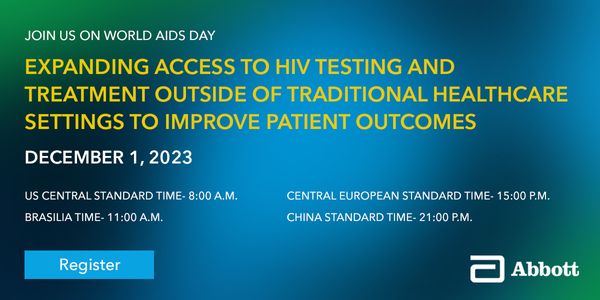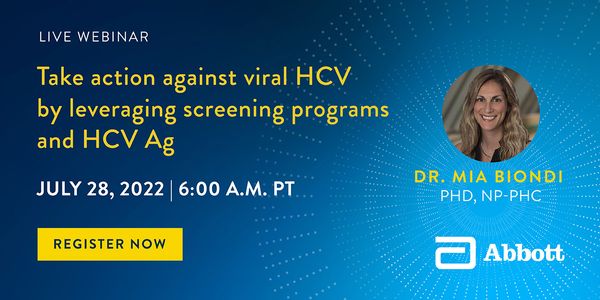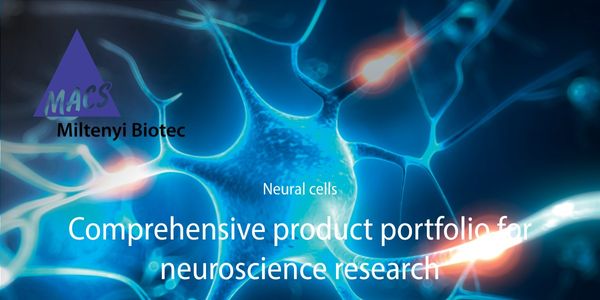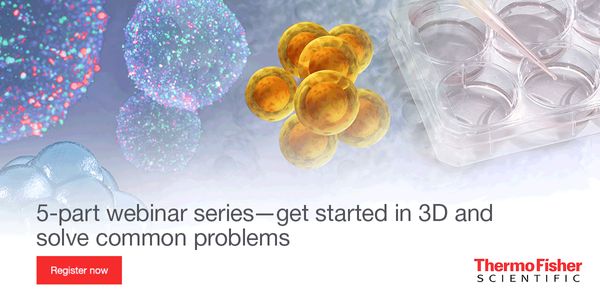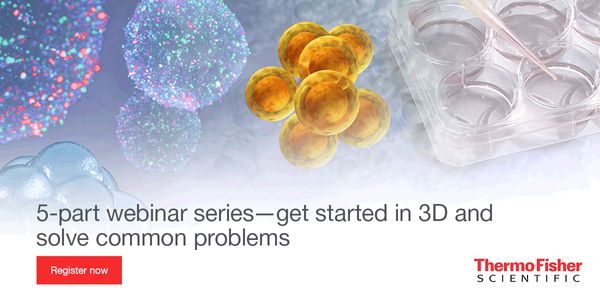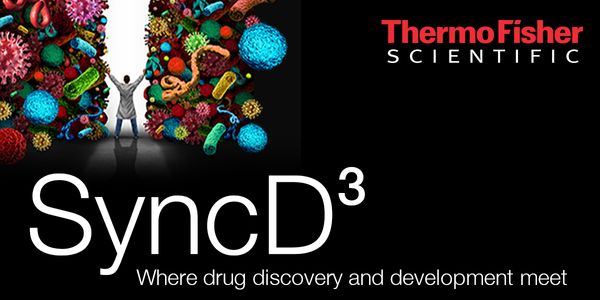Hepatic models
Hepatic models are pre-clinical systems used to research diseases involving the liver. Examples of hepatic models include "liver-on-a-chip", a microfluidic replica or the liver microenvironment, and liver organoids, a collection of various cells that display liver-specific functions and structural organization. Hepatic models have been used for disease modeling, drug development, and clinical application.
-
DEC 01, 2023 | 6:00 AMC.E. CREDITSIn recognition of World AIDS Day, we invite you to discover the innovative work being done to help end the HIV epidemic in some of the hardest hit areas in India. A diagnosis is the first st...Date: November 17, 2022 Time: 8:00am PST, 11:00am EST Genome editing is—or will soon be—in the clinic for several diseases and more applications are currently under development....Speaker: Natalia de Val , Zuben Brown , Veer BhattPresented at: Thermo Fisher Scientific - Electron Microscopy Webinars
Sponsored By: Thermo Fisher Scientific
JUL 28, 2022 | 6:00 AM
Date: July 28, 2022 Time: 6:00am (PDT), 9:00am (EDT) Hepatitis B and C continues to be a leading cause of global morbidity and mortality, resulting in 1.1 million deaths and 3 million new in...
SEP 17, 2021 | 12:00 PM
Date: September 16, 2021 Time: 9:00pm (PDT), 12:00am (EDT) 3D cellular models like organoids and spheroids offer an opportunity to better understand complex biology in a physiologically rele...
The Human Microbiome Project was conceived almost 15 years ago, as an extension of the Human Genome Project, to explore the diversity of human-associated microorganisms at multiple body site...
This session introduces basic concepts of imaging-based high-throughput screening (HTS) and high-throughput profiling assay development. Imaging-based HTS assays are designed to evaluate a d...
Vaccines are among the most effective medical interventions available. The development of vaccines is a complex undertaking, involving many steps, that typically unfolds over a period of sev...
Speaker:
Keynote: Marcelo B. Sztein, MD
Presented at: 9th Annual Fluidigm Mass Cytometry Virtual Summit
FEB 26, 2020 | 9:00 AM
DATE: February 26, 2020 TIME: 9:00am PST 3D cell culture and analysis and the study of organoids and spheroids are becoming more prevalent as a research method in publications as traditional...
Microphysiological systems (MPS), also known as organ-on-chips, are small scale in vitro cell cultures which mimic facets of tissue or organ level function. MPS frequently utilise primary hu...
Speaker:
Tomasz Kostrzewski, PhD
Presented at: Drug Discovery & Development Virtual Event Series 2020
NOV 19, 2019 | 10:00 AM
DATE: November 19, 2019TIME: 10:00am PSTMicroglial cells are the resident innate immune cells of the central nervous system (CNS) and are responsible for regulating inflammatory activati...
Prediction of human response to chemical exposures is the primary challenge of pharmaceutical and environmental toxicology research. The complexity of human responses to xenobiotic exposures...
JUN 19, 2019 | 10:00 AM
DATE: June 19, 2019TIME: 10:00am PDT, 1:00pm EDT As we develop new methods to create more biologically relevant models for research in understanding disease etiology and in...
Over the past 25 years many advances in techniques have been incorporated into infectious disease research. From genetically modified animals to advances in basic techniques that improve res...
Tuberculosis has killed more than one billion people in the last 200 years. It is the oldest and the deadliest human pathogen, recently surpassing HIV. Its adaptation to host and drug pressur...

